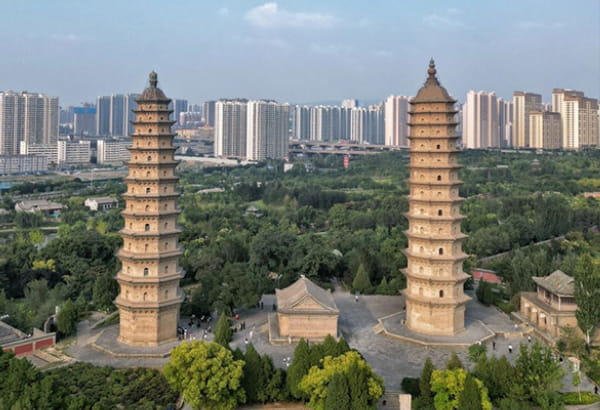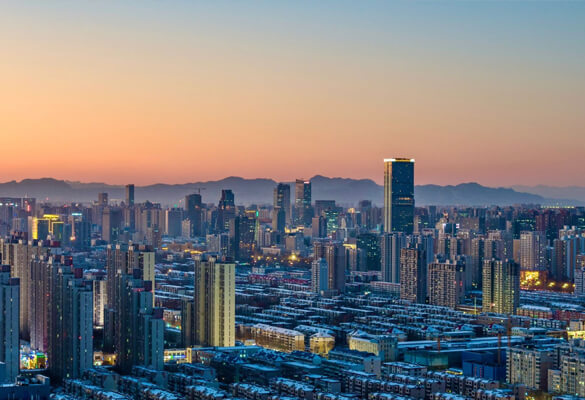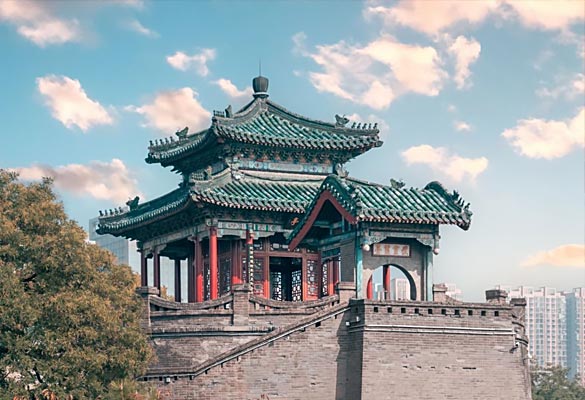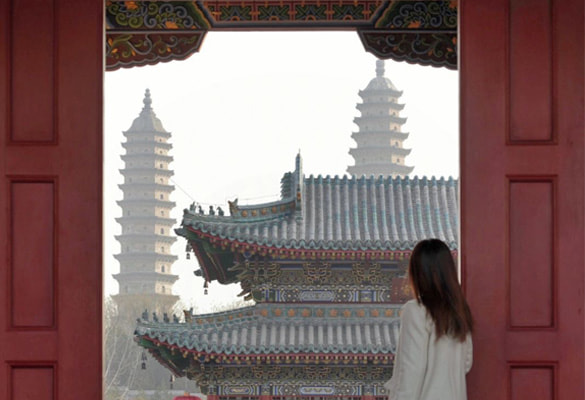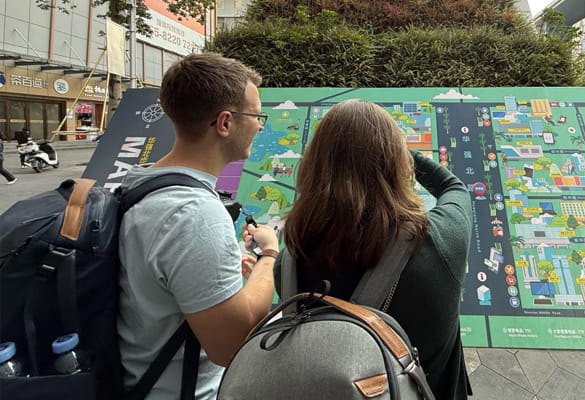Nestled in northern China, shanxi Province is a mesmerizing blend of ancient grandeur, dramatic landscapes, and living traditions. Often overshadowed by bustling cities like Beijing or Shanghai, Shanxi remains a hidden gem for travelers seeking authenticity, history, and natural beauty. From its UNESCO-listed temples and cliffside grottoes to its vibrant local culture and culinary delights, here’s your comprehensive guide to exploring Shanxi.
1. A Living Museum of Chinese Civilization
Shanxi’s history spans over 5,000 years, earning it the title of “China’s Cultural Treasury.” The province is dotted with over 70,000 historical sites, including three UNESCO World Heritage Sites.
Pingyao Ancient City
Step into a Ming Dynasty time capsule at Pingyao, one of China’s best-preserved walled cities. Walk along its 12-meter-high ramparts, explore labyrinthine alleys lined with red lanterns, and visit the Rishengchang Exchange House, the birthplace of modern Chinese banking. Don’t miss the Shuanglin Temple, home to 2,000 intricately painted clay statues from the Song and Yuan dynasties.

Yungang Grottoes
Carved into golden sandstone cliffs near Datong, the Yungang Grottoes are a masterpiece of Buddhist art. These 5th-century caves feature 51,000 statues, from serene 17-meter-tall Buddhas to delicate carvings of celestial musicians. The fusion of Indian, Persian, and Chinese styles here reflects the Silk Road’s cultural exchange.

Hanging Temple (Xuankong Si)
Defying gravity, this 1,500-year-old temple clings to a sheer cliff on Mount Heng. Built to avoid floods and landslides, its wooden pillars and prayer halls blend Taoism, Buddhism, and Confucianism—a symbol of Shanxi’s spiritual harmony.
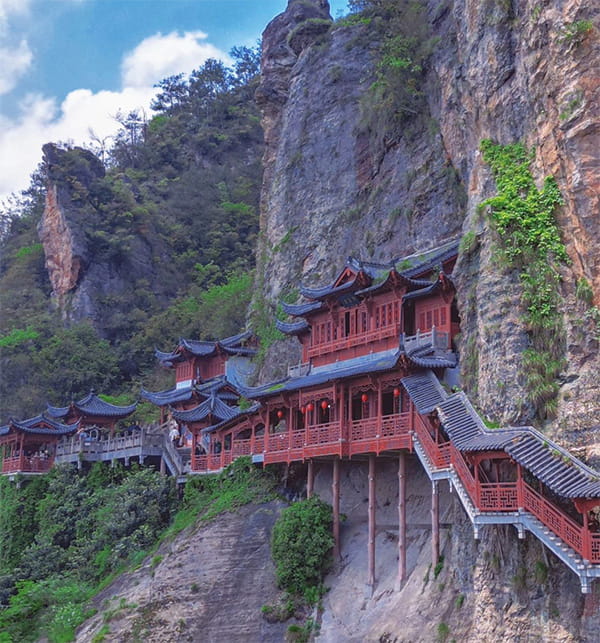
2. Nature’s Masterpieces: From Waterfalls to Sacred Peaks
Beyond its historical treasures, Shanxi’s landscapes are equally awe-inspiring.
Hukou Waterfall
The Yellow River’s roaring Hukou Waterfall, straddling Shanxi and Shaanxi, is China’s second-largest waterfall. Visit during the rainy season (July–October) to witness its full power as brown waters plunge 20 meters into a mist-filled gorge.
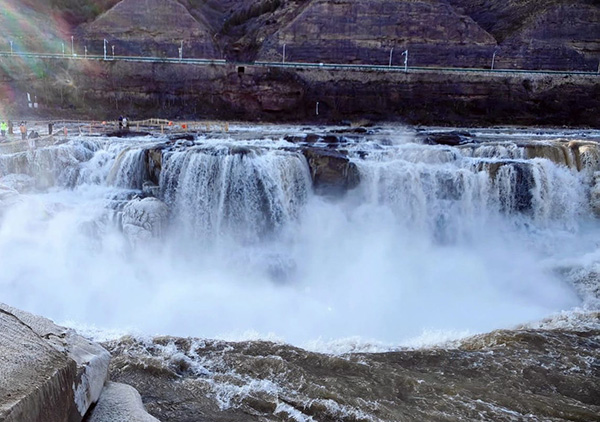
Wutai Mountain
A sacred Buddhist site and one of China’s Four Great Mountains, Wutai Shan boasts 41 temples nestled among pine forests and alpine meadows. Hike to Dailuoding Peak for panoramic views or attend a dawn prayer ceremony with chanting monks.
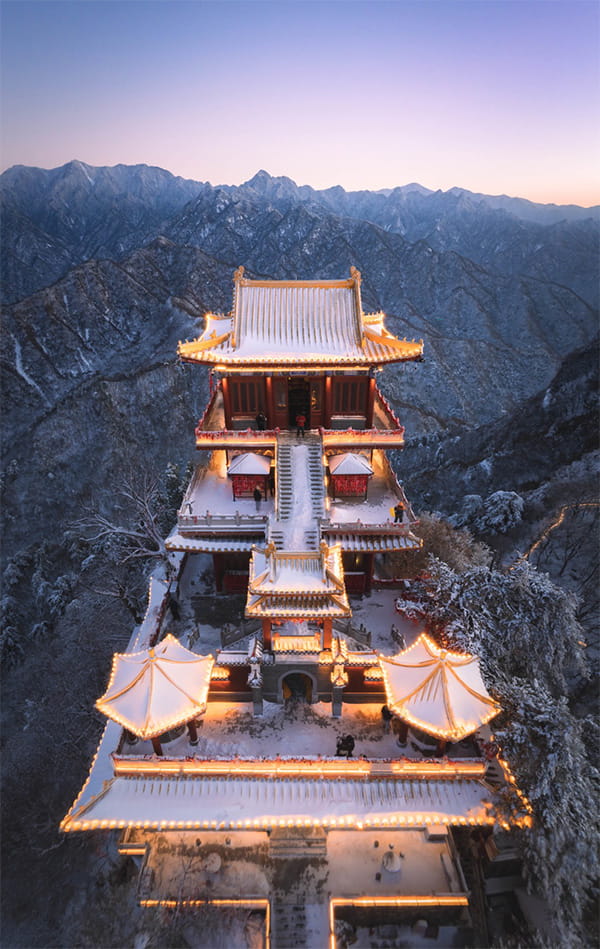
Taihang Mountains
Adventure seekers can trek through the Taihang Grand Canyon, where jagged cliffs, terraced fields, and ancient villages like Dazhai offer a glimpse of rural life. In winter, the Wangmang Mountain Ice Festival transforms the area into a glittering ice sculpture park.
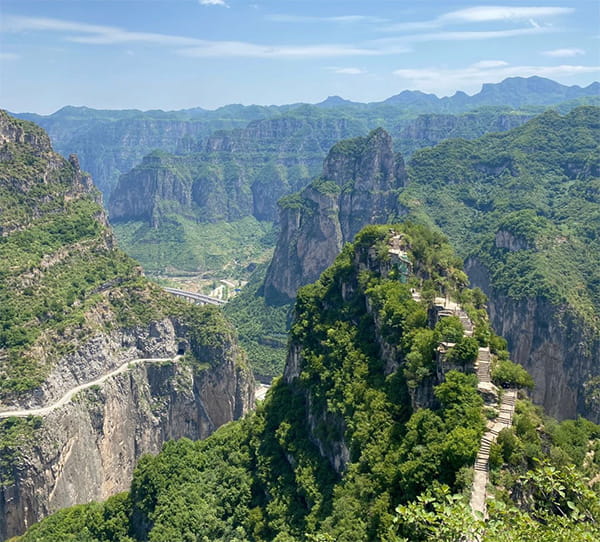
3. Cultural Treasures: From Opera to Vinegar
Shanxi’s culture is as rich as its history.
- Jin Opera
Dating back to the Qing Dynasty, Jinju (Shanxi Opera) is known for its high-pitched vocals and vivid face-painted performers. Catch a show at Taiyuan’s Shanxi Grand Theater or during the Pingyao International Photography Festival. - The Art of Shanxi Vinegar
Shanxi is synonymous with aged vinegar, fermented for years in ceramic jars. Visit the Donghu Vinegar Workshop in Taiyuan to see traditional brewing methods and sample vinegar-infused snacks like liangfen (jelly noodles). - Culinary Adventures
Savor Shanxi’s hearty cuisine:- Daoxiaomian: Chewy knife-cut noodles served with tomato sauce or braised meat.
- Youmian Kaolaolao: Buckwheat noodles steamed in wooden presses.
- Pingyao Beef: Slow-cured beef, a specialty since the Ming Dynasty.
4. Off-the-Beaten-Path Gems
Wooden Pagoda of Yingxian
Built in 1056 without a single nail, this 67-meter-tall pagoda is the world’s oldest and tallest wooden structure. Its earthquake-resistant design has survived centuries of natural disasters.
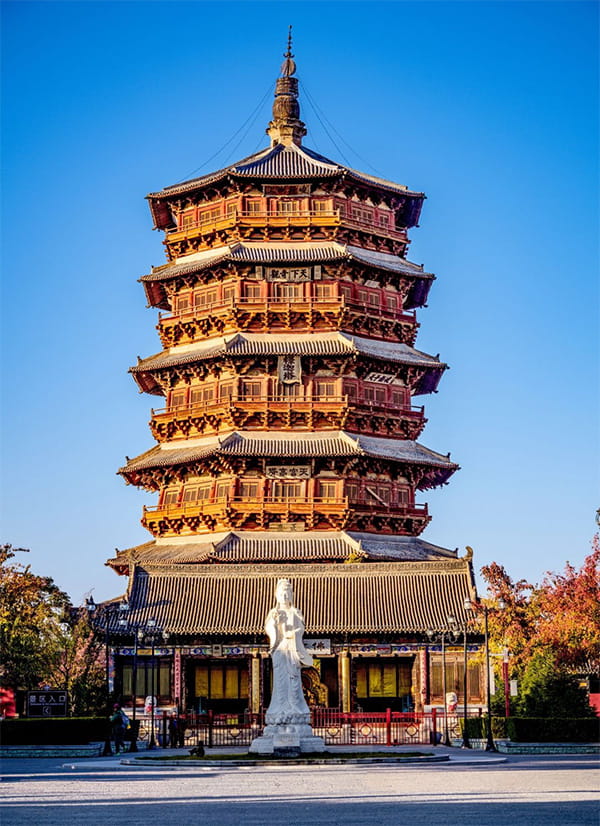
Qiao Family Compound
Explore this 18th-century merchant mansion near Pingyao, famed for its ornate courtyards and role in the film Raise the Red Lantern. Learn about the Jin merchants who dominated China’s Silk Road trade.
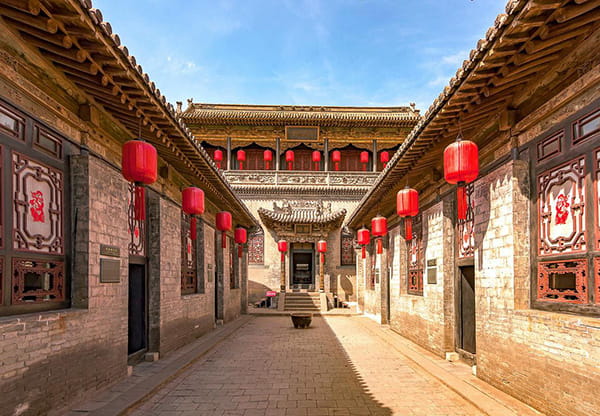
Ancient Villages
Discover lesser-known villages like Zhangbi Underground Castle, a 1,400-year-old subterranean fortress, or Lijiashan, where cave dwellings cling to loess cliffs.

5. Practical Travel Guide
- Best Time to Visit
Spring (April–June) and autumn (September–October) offer mild weather and vibrant foliage. Winter is ideal for fewer crowds and ice festivals, but temperatures can drop below -10°C. - Getting Around
- By Air: Taiyuan Wusu International Airport connects to major cities.
- By Train: High-speed trains from Beijing (3 hours) and Xi’an (4.5 hours).
- Local Transport: Hire a private driver for remote areas like Wutai Shan.
- Stay Unique
- Sleep in a Ming Dynasty courtyard hotel in Pingyao.
- Experience farm stays in rural Taihang villages.
Shanxi is more than a destination—it’s a journey through time. Whether you’re tracing the footsteps of ancient monks in cliffside temples, hiking through mist-shrouded mountains, or savoring flavors that have endured for millennia, Shanxi promises an unforgettable adventure. Ready to explore China’s best-kept secret?


